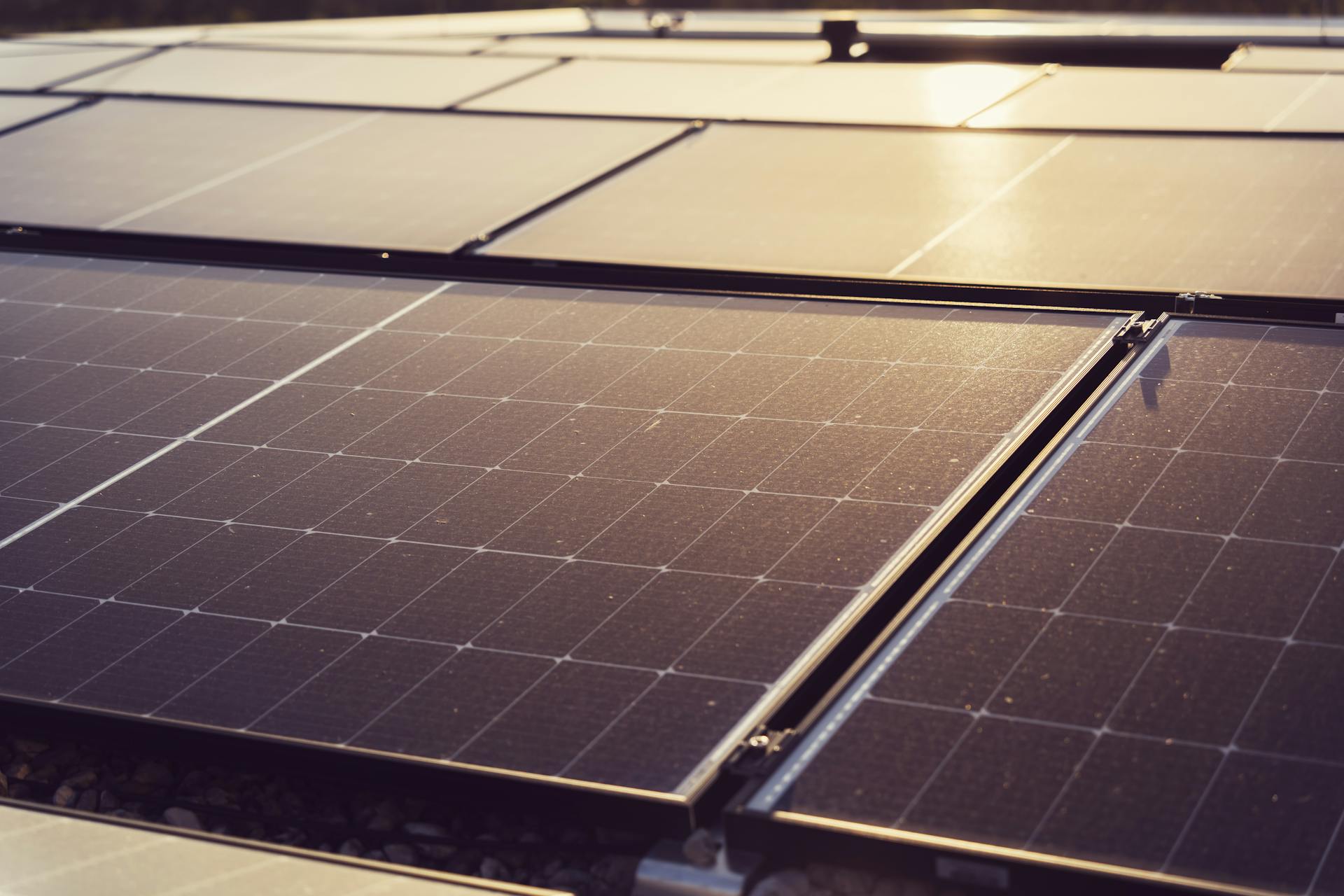This page was reviewed and updated on 04/07/25.
The UK government has published a new Solar Roadmap, outlining more than 70 actions aimed at accelerating solar deployment to meet national energy and climate targets. The plan is designed to help reach 45GW of operational solar capacity by 2030, as set out in the government’s Clean Power 2030 Action Plan.
A key element of the strategy involves boosting rooftop solar on commercial buildings. The government will work with the Green Finance Institute and lenders to improve financing options and lower upfront costs, which are currently a barrier to adoption. A new toolkit is also being developed to simplify rooftop installations on leased properties.
In the public sector, up to 400 schools and hospitals will receive funding from Great British Energy to install rooftop solar. Plans are also underway to encourage solar carports in large outdoor carparks, and the Energy Performance Certificate system may be revised to better account for solar benefits.
Grid planning and changes
The roadmap highlights long grid connection times as a constraint on larger-scale solar. Planned reforms aim to streamline processes and improve transparency. On planning, the National Policy Framework has been updated to give greater weight to renewables, and mid-sized solar projects will now move through local approval routes, potentially speeding up development.
Skills, supply chain, and community benefits
The roadmap includes 11 actions to address skills gaps, from mapping training needs to supporting new career pathways. On supply chain integrity, the government is backing the Solar Stewardship Initiative and exploring stricter safeguards against forced labour in solar manufacturing.
Ed Miliband, Secretary of State for DESNZ, stated, “This is an incredibly exciting time for solar in our country. More than 1.5m homes across Britain now have solar installed, and since this Government came to office, my department has consented almost 3GW of nationally significant solar projects – nearly three times as much as the previous 14 years combined. But we know we need to go further to deliver our goals for clean power by 2030 and beyond.”












